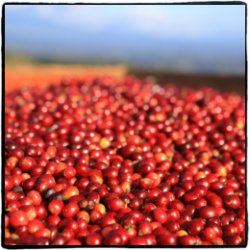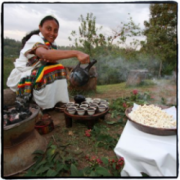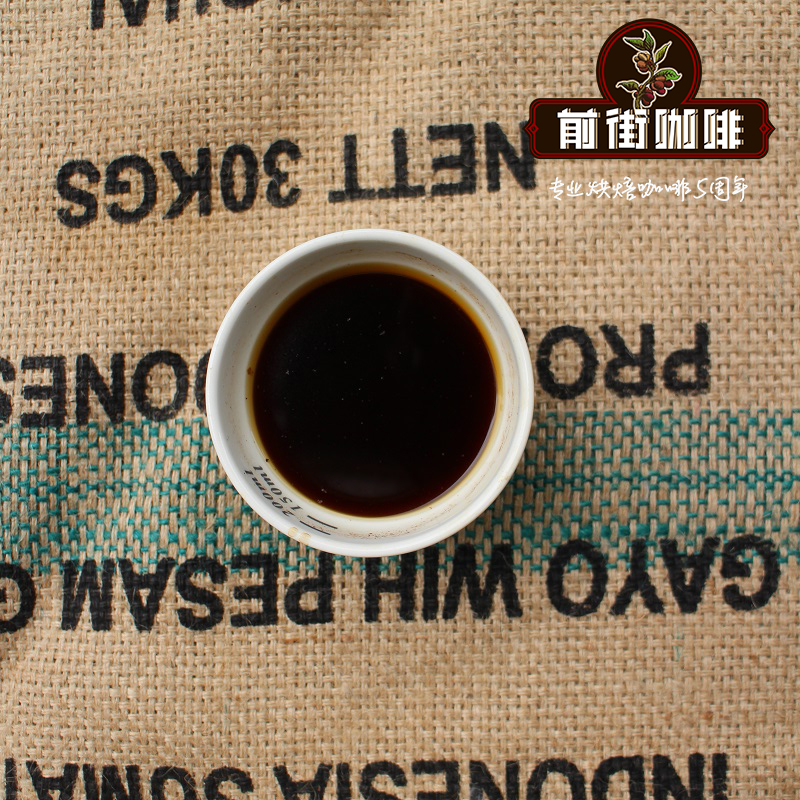Introduction to Costa Rican boutique coffee
Costa Rican coffee is characterized by a "coffee flavor". These coffees are simple, clean, just right sour and mild in taste. However, with the promotion of mechanized large-scale farm production in Costa Rica in recent decades, the introduction of high-yield coffee varieties, the extensive use of chemical fertilizers, mechanized picking instead of manual picking, and the shortening of coffee growing period, although these factors significantly increased the income of coffee cultivation, they really reduced the overall quality of Costa Rican coffee.
The biggest problem is the marketing model of Costa Rican coffee: the government focuses on the brand and output of beans in large mechanized plantations while neglecting the brand and promotion of boutique coffee in small family plantations.
It is not until recent years that Costa Rican boutique coffee has received attention and support, and family plantations that have always adhered to the concept of quality have been developed. But the quality of boutique coffee comes from small batch strictly controlled manual production, distinctive planting and processing technology, these fine and rigorous processes are the guarantee of fine coffee.
Costa Rican boutique coffee is very rich in coffee processing methods, from traditional wet processing, dry processing, honey processing and weird cola fermentation, etc., which also makes Costa Rican boutique coffee diverse and varied.

Costa Rica SHB "Saint Lucia"
Producing country: Costa Rica
Grade: SHB
Planting area: Naranjo
Label: Saint Lucia
Treatment method: honey processing
Appearance: 2dmax 300grr 18SCR 17-gr.
Varieties: Villalobos and Kaddura
Note: the average growth altitude is more than 1775 meters! This is a lively, bright, clean, beautiful, vibrant coffee. Dry aromas of cocoa and star anise, wet aromas of sweetness, sour lemon, lemon blossoms, honeysuckle and malt. The flavor of the cup test is mild, but it is clear and layered.
Dry aroma (1-5): 3.9
Wet aroma (1-5): 4.2
Acidity (brightness) (1-10): 9
Taste (layered) (1-10): 9
Taste (alcohol thickness) (1-5): 3
Aftertaste (residue) (1-10): 9
Balance (1-5): 1
Basic score (50): 50
Total score (maximum 100): 89.1
Strength / main attributes: light intensity / incredibly clean, bright, lemon and floral aromas
Recommended baking degree: city+ and FC+
Contrast: the classic bright Central American coffee has an excellent structure. This is a simple coffee "drink", not "taste". Slow down and pay attention to its subtle charm!
Important Notice :
前街咖啡 FrontStreet Coffee has moved to new addredd:
FrontStreet Coffee Address: 315,Donghua East Road,GuangZhou
Tel:020 38364473
- Prev

Introduction to Ethiopian boutique coffee
Saifeng is one of the highest quality coffee producers in the world. The unique geographical environment, a wide variety of coffee varieties and the tradition of wet processing make Ethiopian coffee bring us bright and vivid taste and rich fruit and flower aromas.
- Next

Introduction of Fine Coffee from Congo
Congo's boutique coffee comes from Kivu, which is the general name of Eastern Congo (Kinshasa) and covers a very wide geographical area. Congo's boutique coffee comes from Kivu, which is the general name of Eastern Congo (Kinshasa) and covers a very wide geographical area. It is adjacent to Uganda, Rwanda, Burundi and the east of Lake Tanganyika. Kivu is divided into three provinces, North Kivu (North Kivu) and South Kivu
Related
- Beginners will see the "Coffee pull flower" guide!
- What is the difference between ice blog purified milk and ordinary milk coffee?
- Why is the Philippines the largest producer of crops in Liberia?
- For coffee extraction, should the fine powder be retained?
- How does extracted espresso fill pressed powder? How much strength does it take to press the powder?
- How to make jasmine cold extract coffee? Is the jasmine + latte good?
- Will this little toy really make the coffee taste better? How does Lily Drip affect coffee extraction?
- Will the action of slapping the filter cup also affect coffee extraction?
- What's the difference between powder-to-water ratio and powder-to-liquid ratio?
- What is the Ethiopian local species? What does it have to do with Heirloom native species?

